How to Make Your Own Custom ChatGPT
Ever since the introduction of ChatGPT, AI tech has wrapped the world by storm. Every day the users of ChatGPT are piling up, and every day some new AI tool is being introduced to the market.
Experts are even saying that it has been a major breakthrough in the tech industry for a very long time. But what makes ChatGPT and other generative AI models so special? And can you also make your own ChatGPT?
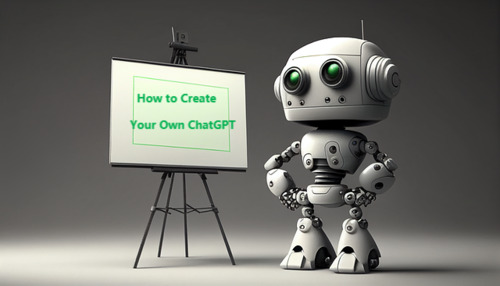
What Is ChatGPT and Custom ChatGPT Chatbot?
ChatGPT is an AI chatbot that is trained on a family of large language models, aka LLMs, to process natural language and generate human-like text-based responses for a wide array of domains. You can ask the chatbot about anything literally; it takes the prompt and processes it against its billions of trained words, generating a very appropriate response.
The chatbot can also carry on conversations, can admit mistakes, and decline inappropriate prompts. ChatGPT is developed by OpenAI, and since it is a research-based company, the chatbot is available for free.
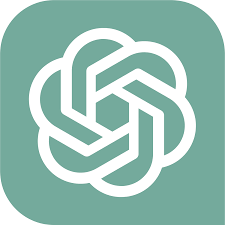
Custom ChatGPT is the idea of creating your own chatbot similar to ChatGPT by training an AI model on LLMs to understand, process, and respond to natural human language. It must be noted that ChatGPT is not an alien technology; not is impossible to build one yourself. Ever since ChatGPT has been introduced, there are several AI tools that are being introduced in the market.
Prerequisites for Making Your Own ChatGPT
While it's quite possible to build your own chatbot, however, it requires some technical background and some resources to successfully pull the idea. Down below are some prerequisites required to build your own custom ChatGPT.
Machine Learning
The machine learning system is a core part of Artificial Intelligence, a must-have skill when it comes to building an AI chatbot. Therefore, you will be required to have proper expertise in machine learning, such as deep learning and natural language processing.
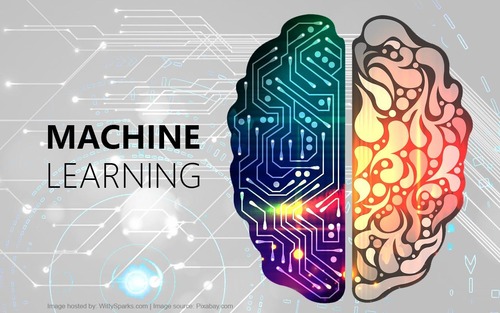
Training Data
Next, you are required to have the necessary data that you will use to train your AI model. OpenAI claims to feed ChatGPT with several gigs of text-based data scrapped from the internet, including different articles, PDFs, news, emails, and much more. Similarly, you will also gather your training data for your AI model.
Computational Resources
This might be the biggest challenge as well as the reason why it is very difficult to build your own ChatGPT. Building a chatbot like ChatGPT requires a large number of computational resources.
You will be required to have access to several GPUs or any other similar piece of hardware to train your AI model, and depending on your training model, it can get pretty expensive. Furthermore, processing power, memory resources, and storage are also mandatory resources that will also increment the cost.
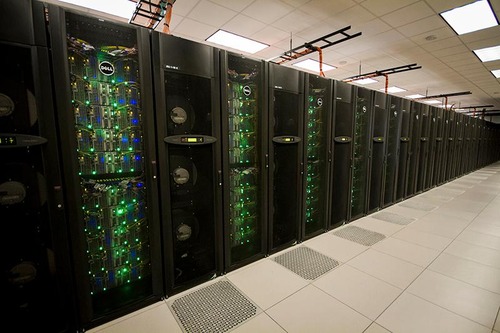
Training Pipeline
You will be required to set up a mechanism that cleans up the training data before feeding it to the training model. It will also be responsible for categorizing data into proper words and batch-processing them.
Training Time
It can take a long time to train an AI model, which is dependent on the training data, and level of precision that is desired, and the computational resources. Usually, it can take several days or weeks to train an AI model like ChatGPT.
How to Build Your Own ChatGPT?
Now let's learn how to make your own ChatGPT by following the steps below:
1Define the Purpose
Before you start building your AI chatbot, make the purpose clear. What are you making your ChatGPT chatbot for? What goals will it accomplish? Addressing these questions will allow you to clearly set the desired outputs for the final results along the development process.

2Gather the Required Dataset
You will have to gather the text data which you want on. Make sure this data is specific to your purpose and domain. Also, make sure the dataset is in a properly structured format like CSV or JSON. Down below is an example of a JSON dataset for training a programming-focused chatbot:

3Tokenization
After this, you will be tokenizing the text. This step involves breaking down the text into smaller and more meaningful words and subwords. This increases the effectiveness of the model to understand and process the dataset.
4Model Architecture
To create your own ChatGPT, you should also choose an appropriate model architecture for your chatbot. You have several options for choosing the architectural models. Down below are some popular choices on the market.
GPT Model
GPT models have several versions. The latest of them are GPT -3.5 and GPT-4. OpenAI also offers several models from the GPT series, each having its own capabilities and sizes. Some notable mentions include text-davinci-002, text-curie-002, text-babbage-002, and text-ada-002.
To integrate these models, you will have to add your_chosen_engine, and your code should look like this:
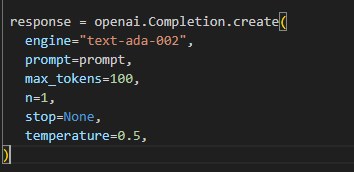
Transformer model
The Transformer model is overall a decent option when it comes to operations related to Natural Language Processing. The model is made up of an encoder and a decoder, and both of these are further made up of multiple layers of self-attention mechanisms.
BERT
BERT is backed by Google and is a very popular choice when it comes to pre-trained models for language understanding. The model is very proficient at learning bidirectional text representation supported by masked language modeling and next-sentence prediction.
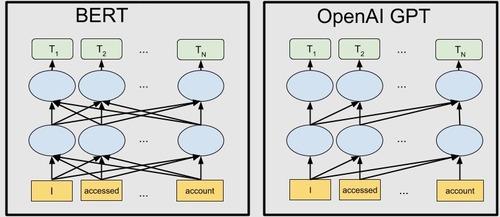
DiloGPT
DiloGPT is another cool alternative from Microsoft. This specific model is built for multi-turn conversations and uses a Transformer-based architecture. Similar to GPT, DiloGPT is also trained for meaningful conversational responses while carrying on the context.
5Upload the Dataset to OpenAI
Once you have properly formatted the dataset, you can upload your dataset to OpenAI API using the datasets.create endpoint. There is a handy Python library OpenAI for this purpose. Here is the code snippet.
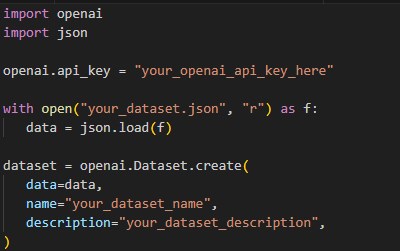
6Fine-Tune Your GPT Model
You can fine-tune your uploaded dataset via [Open AI API] to train your own ChatGPT. You can specify fine-tunes.create endpoint to initiate a fine-tuning job. You can do this using the OpenAI library of Python by specifying the uploaded dataset, target base model, and other hyperparameters, such as the number of training steps.
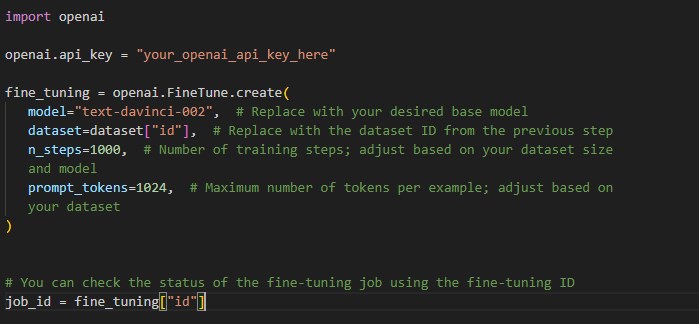
7Observe the Fine-Tuning Process
Keep a close eye as the fine-tuning process goes on, and adjust the parameters as per your target results. To do this, you can query the API for job status updates. Here is the sample code:
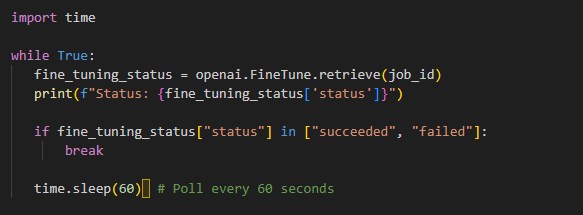
8Analyze the Fine-Tuned Model
When you are all done tuning your model, you can analyze its capabilities using the OpenAI API. You would be required to have your model’s ID, and you can get that from the fine_tuning_status dictionary under the key model.
Now replace your_chosen_engine with the ID of the fine-tuned model in the Flask API example provided earlier. It should be noted that fine-tuning only works for certain models, and you might be required to request access to OpenAI fine-tuning API. For further details, you can check out this guide.
9Deploy an API to Start Using
To make your custom chatbot publicly available, you must create an API to handle users' requests and respond to their queries. OpenAI API is not free to use, and you can sign in to the OpenAI API page, and check your API keys.
To deploy an API, Flask can be a very good option in this regard. It's a very light web-based framework from Python. Down below is the code to deploy your API with Flask:
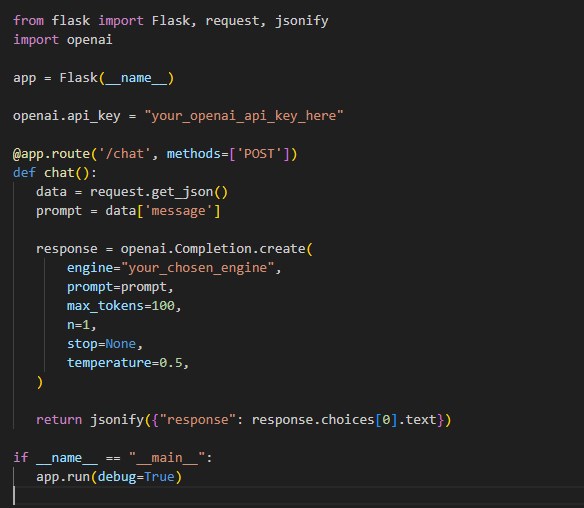
It should be noted that "your_openai_api_key_here" should be replaced with the API key that you get from OpenAI, and "your_chosen_engine" should be replaced with your fine-tuned engine.
That's pretty much it. You can make your own ChatGPT chatbot using these general and helpful tips.
Why Should You Make Your Own ChatGPT?
You can get some benefits from making your own ChatGPT:
Customization
Building a custom chatbot allows you to tailor its behavior, response to user prompts, functionality, and domain specialization. You can customize it to match your specific use case.
Data ownership and privacy
Building your own chatbot allows you to have full control over the data that it processes. If you build your own chatbot, you can own your data, unlike when you use a public chatbot where you can't guarantee what companies will do with it.
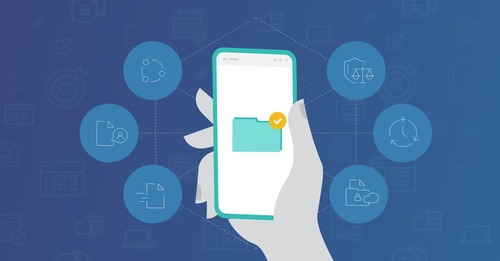
Scalability
Being the owner of your own chatbot allows you to scale it as per your needs and add more resources to meet your demand. It can be enhanced with more features, its performance and capabilities can be improved, and so on. However, public chatbots don't allow you to do so, and you have to rely on the companies behind the project to scale it.
Integration
You can have proper APIs set up to integrate your project into your other apps, websites, and systems. Integrating the chatbot drastically improves the capabilities of these projects allowing you to harness more power out of them.
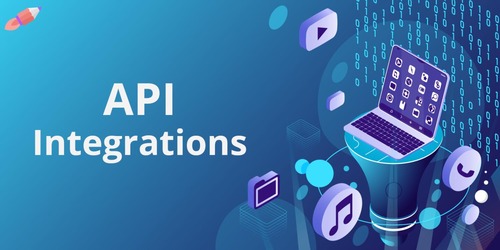
Competitive advantage
If you can build a market-standard chatbot, then you can compete with other big names in the market. You have the opportunity to build something unique and offer features that are not being offered by other chatbots in the market.
Best Practices for Making Your Own AI ChatGPT
While making your custom chatbot, you should be aware of some important practices. This will not only save your resources but will also allow you to max out its effectiveness.
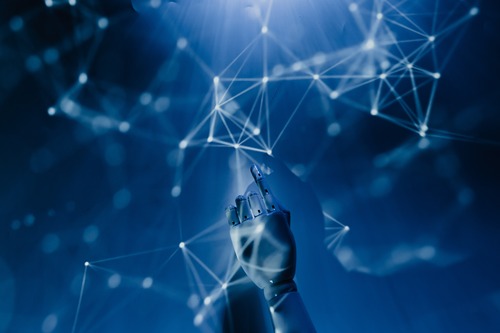
Clearly define the purpose
Before you blindly begin building the chatbot, you should clarify for what purpose you are building it, what needs will it satisfy, and what domain it is targeting. Having these things clear will lead to a smoother design and development process.
Understand the end users
You should clearly understand what your target audience is and what are their needs. You can conduct market research or take user feedback to better gain an understanding of your target audience.
Contextual awareness
Integrate your chatbot with the capability to remember past conversations to maintain context. This allows the chatbot to come up with better responses and continue conversations in a human-like manner.
People Also Ask about Making a ChatGPT
Conclusion - The Future of Customized ChatGPT
The ChatGPT might be the standard for AI chatbots, but it is possible to make your own ChatGPT chatbot and train it accordingly. However, as promising as it may sound, there is quite some homework to do before starting to make your chatbot.
If you are planning to fully customize your chatbot with maximum control in your hand, then you must have decent technical knowledge about building AI and working on Large Language Models. You will also have enough investment in resources.
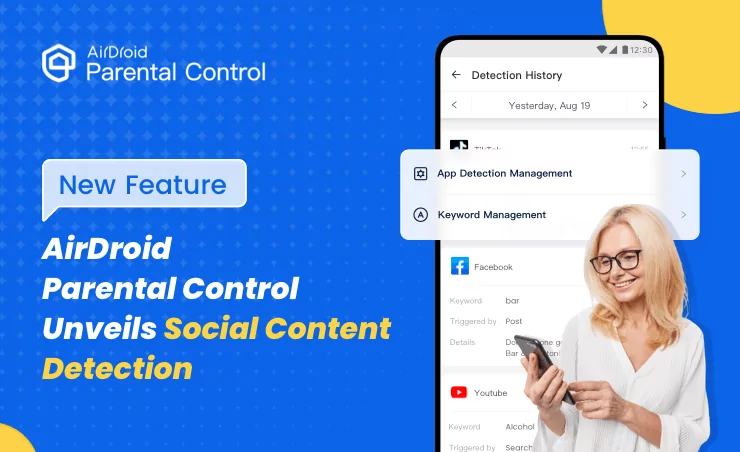
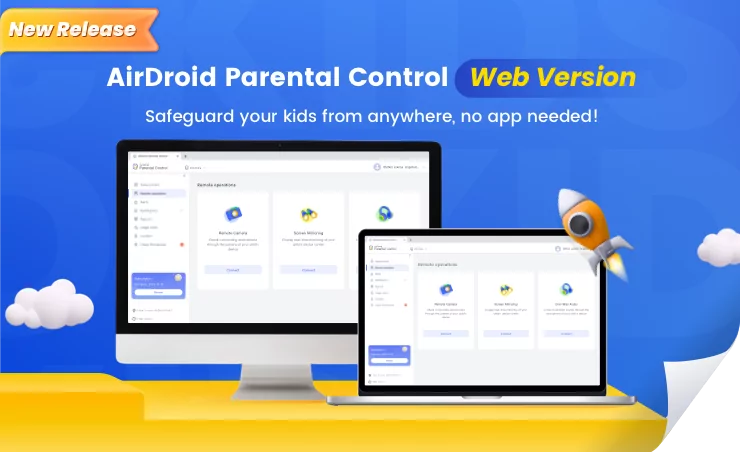

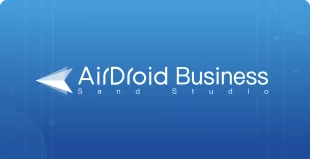

Leave a Reply.